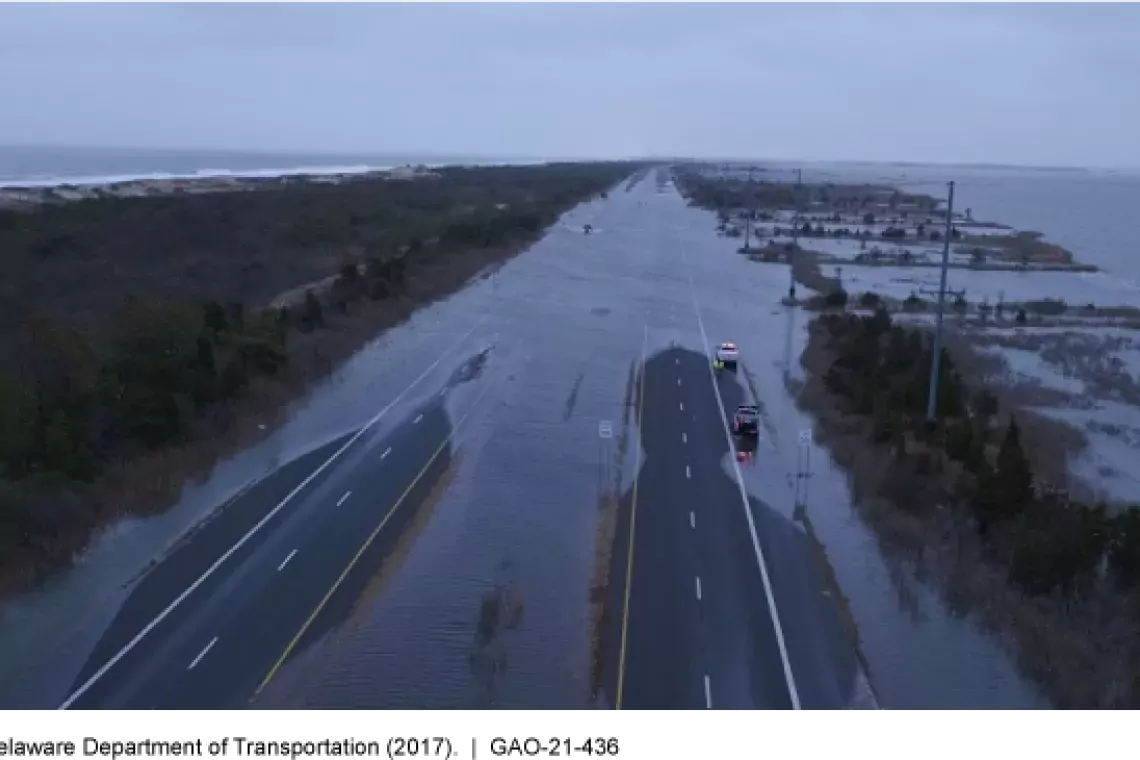Aging Smaller Dams Could Pose Problems for America’s Communities
Since the 1950s, thousands of small dams have been built in mostly rural communities. Using federal funding, the goal of these “watershed dams” was to help prevent flooding, provide drinking water, preserve wildlife habitats, and offer recreational opportunities.
At the time, the risks posed by most of these dams was relatively small. Should they fail, the resulting damage would have been fairly limited—a field or barn might flood. But today, communities have developed around many of these once-rural areas. Should a watershed dam fail today, the damage could be significant. Adding to this risk, many of these dams may be in bad shape and about 60% are near the end of their intended lifespan.
Today’s WatchBlog post looks at our new report on the condition of watershed dams and what’s being done to improve their safety.
Do you live near a watershed dam?
You might and not know it. There are nearly 12,000 watershed dams nationwide. These dams were typically built on smaller waterways, like creeks, using a large earthen wall. Most were built to provide flood control for agricultural areas in rural parts of the country.
To see if you live near a watershed dam, you can consult the Army Corps National Inventory of Dams, an online database covering the nearly 93,000 dams in the U.S., including watershed dams.
Map of Watershed Dams by Hazard Classification
Image

What is the concern about watershed dams?
When watershed dams were built, the risk of failure was considered low because any damage would mostly affect unpopulated or undeveloped areas. But as the country has grown, more and more watershed dams are now in areas that have become suburban or urban.
That said, if they failed, most watershed dams wouldn’t cause serious problems to nearby areas. However, nearly one-third could cause significant or major harm to surrounding communities if they failed. This means they could cause loss of life or serious damage to homes, important public utilities, and major highways.
This risk has become especially acute in recent years. The lifespan for many of these dams is 50 years. But most are nearly 70 years old. The U.S. Department of Agriculture (USDA) estimates that nearly 60% of dams are near the end of their lifespan.
Beyond age, many other factors could contribute to a dam failure. Some have been improperly maintained over the years. And, even for those that are newer and well maintained, extreme weather events, like heavy rains, could cause them to fail.
What’s being done to improve their safety?
Apart from a handful of dams, the federal government does not own or maintain watershed dams. Instead, they are owned by state and local governments, public utilities, or private entities. The federal government does, however, provide financial and technical support to the owners of these dams.
For example, last fiscal year, USDA spent about $36 million to repair 175 dam projects.
Example of a Rehabilitated Watershed Dam
Image

This funding is important to communities that are worried about their dams. But local officials we spoke with said they were either unaware of the funding available or unclear about the requirements for applying. As a result, we recommended that USDA develop an outreach strategy to spread information about this program.
USDA also collects data on existing dams to help monitor their condition. However, we found that sometimes this data is either inaccurate or incomplete. To better protect communities, we recommended that USDA improve its monitoring of these dams and verify information about them.
As the nation continues to grow, preserving and extending the lifespan of watershed dams will be vital to protecting the areas they serve. Learn more about this issue by checking out the full report.
- GAO’s fact-based, nonpartisan information helps Congress and federal agencies improve government. The WatchBlog lets us contextualize GAO’s work a little more for the public. Check out more of our posts at GAO.gov/blog.
- Got a comment, question? Email us at blog@gao.gov.
GAO Contacts
Related Products

GAO's mission is to provide Congress with fact-based, nonpartisan information that can help improve federal government performance and ensure accountability for the benefit of the American people. GAO launched its WatchBlog in January, 2014, as part of its continuing effort to reach its audiences—Congress and the American people—where they are currently looking for information.
The blog format allows GAO to provide a little more context about its work than it can offer on its other social media platforms. Posts will tie GAO work to current events and the news; show how GAO’s work is affecting agencies or legislation; highlight reports, testimonies, and issue areas where GAO does work; and provide information about GAO itself, among other things.
Please send any feedback on GAO's WatchBlog to blog@gao.gov.




